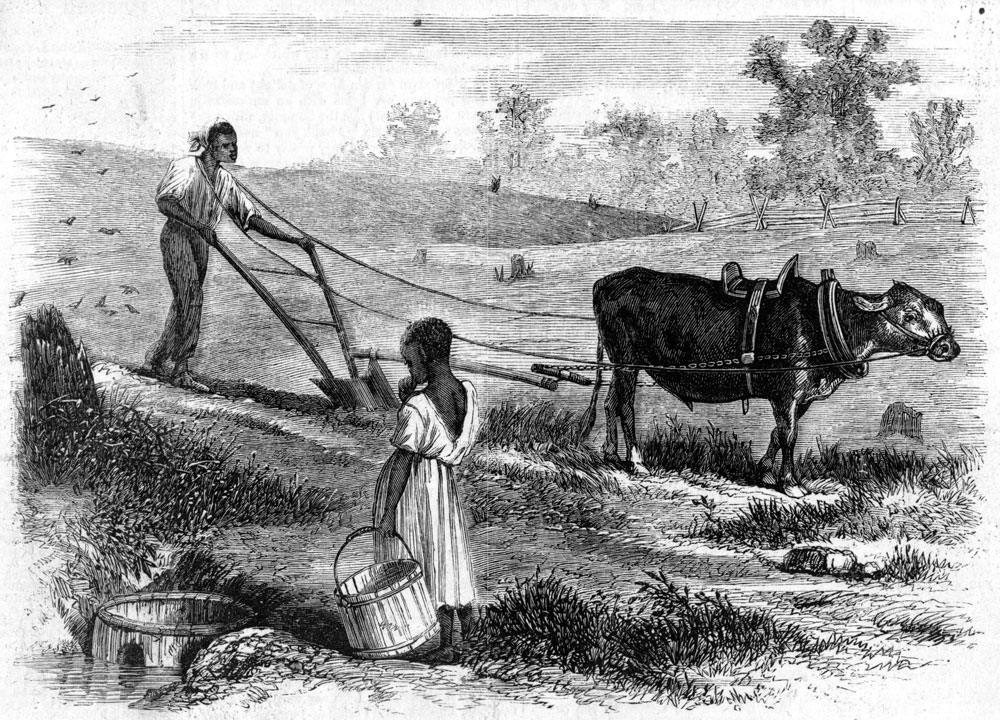I teach an Africana Studies class for high school students at a city college. Though they have a lot of anecdotal knowledge about the era already, the Reconstructing the South lesson provided my students with a raw, up-close-and-personal simulation of the challenges faced by newly freed Black Americans. In my classes, we always emphasize the symbiotic relationship between history and the present. When I think of “Aha” moments in the classroom, I’m reflecting on how we used the lesson to draw attention to severe inequities then, as opposed to now. We made charts and vision boards in which students got to animate and share their thoughts and strategies for survival then and now. The visual takeaways were most valuable.
Another powerful lesson was when two of my students shared stories about their OWN families—whose stories had been passed down from the last 1890s. These two students were able to share copies of letters and other material from their own families, who had roots in Mississippi and Tennessee. For my high schoolers, this proved to be most valuable because they were able to connect the lesson with the historical account and with their everyday lives. They actually began to see their own classmates in a way that may not have been possible without the creative stimulation of this rich lesson.







Twitter
Google plus
LinkedIn